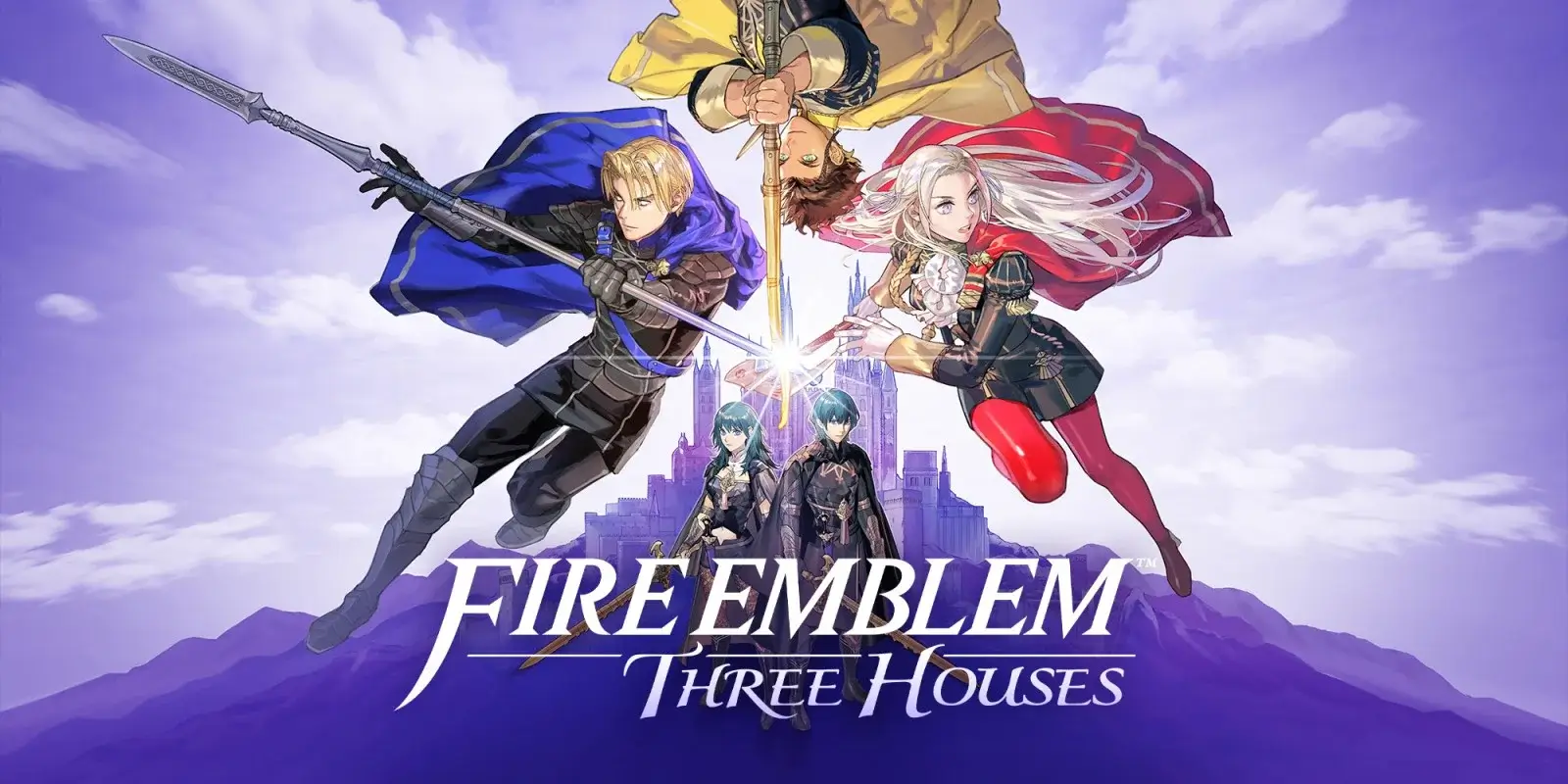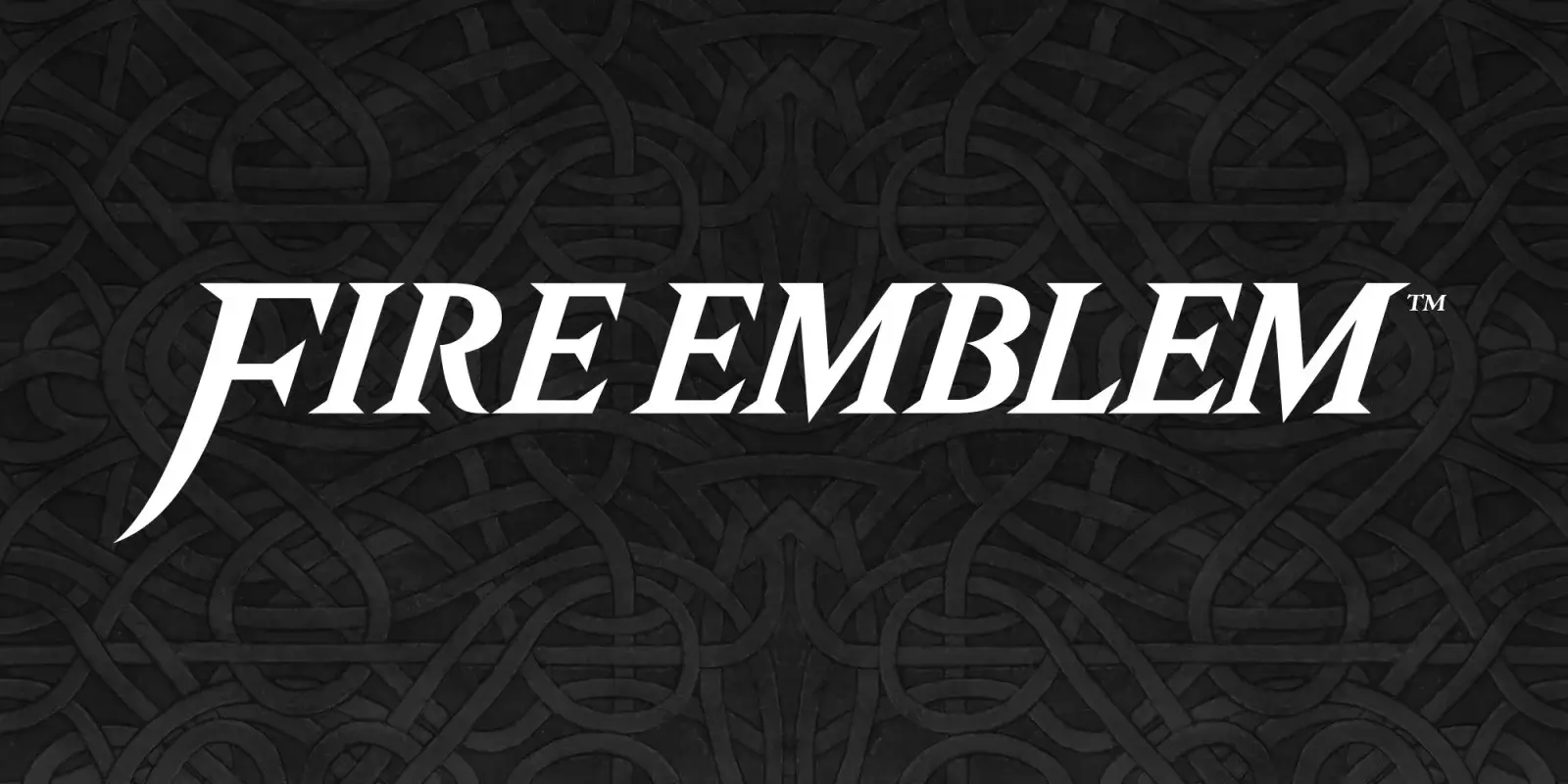
Known for its fantasy worlds, turn-based combat, permadeath, and a vast array of playable characters with evolving stories, Fire Emblem is a tactical RPG series on Nintendo that first released in 1990. Over its 30+ year history, Fire Emblem has featured several critically acclaimed entries. Yet, Nintendo never seemed to value the series much when compared to more noticeable franchises such as Mario, Zelda, and Metroid, with Fire Emblem being just another franchise in the Nintendo library during the ’90s and noughties.
However, that changed in 2013 with the well-received Fire Emblem: Awakening on the Nintendo 3DS, which became the first game in the series to sell over 1 million copies, elevating it to one of Nintendo’s more valuable commodities. Since then, several Fire Emblem titles have been released to great acclaim, including the two highest-selling games in the series, Fire Emblem: Fates and Fire Emblem: Three Houses, both selling over 3 million copies. The latest game, Fire Emblem: Engage, on the other hand, while receiving positive reviews, failed to match the success of its predecessors, and as of the time of writing, sold less than half the copies that Fire Emblem: Three Houses did. This raises some doubts about whether the series can maintain its status as one of Nintendo’s biggest commodities.
Why Fire Emblem: Engage Sold Less

The latest game in the franchise, Fire Emblem: Engage released in 2023, introduced players to a new world & story, expanded on its core mechanics, and as its unique selling point, reintroduced characters from previous installments, allowing players to build their dream team of Fire Emblem heroes.
While a somewhat mediocre story by Fire Emblem’s standards, Fire Emblem: Engage received mostly positive reviews due to its tried-and-true gameplay and mechanics, and the introduction of Emblem Rings – a set of rings that allows you to add new abilities to characters, giving players further customisation options on the battlefield.
Yet, it’s these positives and unique selling points that may be the culprit of Fire Emblem: Engage selling less than half of its previous installment.
By reintroducing characters from previous entries, this unique selling point made Fire Emblem: Engage feel more like a spinoff rather than a new instalment in the main line of games. While the new addition of Emblem Rings was a welcome inclusion in the series, adding these to the familiar story seen in previous entries – a demonic bad guy wanting to destroy the world, and only you, the main protagonist, being capable of stopping them – gives the impression that the creators are playing it safe, relying on their gameplay to carry the weight of the franchise, instead of taking risks in a fresh story, or worse yet, the creators are running out of ideas for future Fire Emblem entries.
How Can They Improve the Series Going Forward?
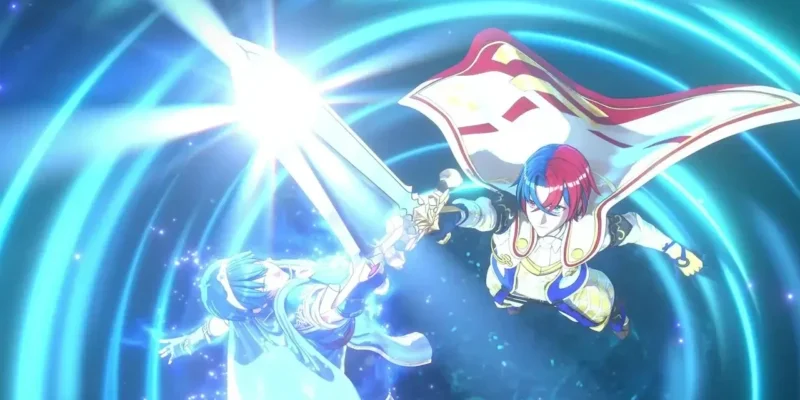
As established, the gameplay has always been a highlight for the franchise. The turn-based combat and an abundance of characters to choose from allow flexibility for players to play in their preferred style. This aspect alone is able to achieve positive reviews from critics despite issues elsewhere. But how can they address the issue of repeating familiar storylines and characters when they’ve been creating them since 1990?
Perhaps the creators could take some inspiration from a game that came out in 2020, which may surprise and raise some eyebrows: Watch Dogs: Legion.
The Unlikely Inspiration
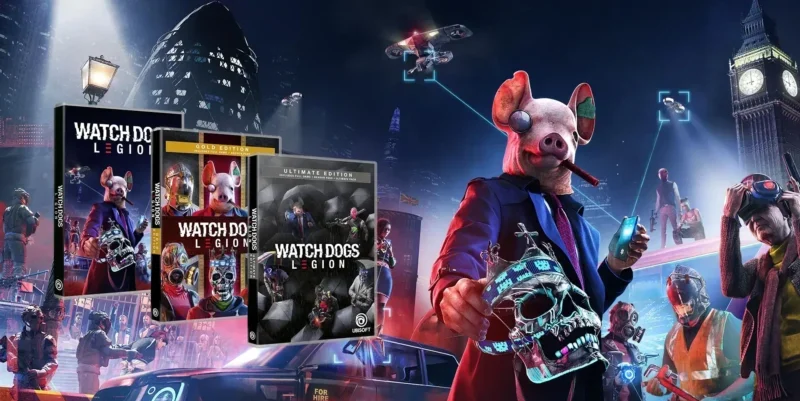
For those unfamiliar with the series, Watch Dogs is a collection of open-world sandbox games similar to the ever-popular Grand Theft Auto. Thus far, there have been three entries in the series, with Watch Dogs: Legion being the latest instalment. Set in London, Watch Dogs: Legion largely maintains the core elements of its predecessors, encompassing action, adventure, stealth, and hacking mechanics. However, it’s Watch Dogs: Legion’s unique selling point that could offer a solution to Fire Emblem’s dilemma going forward – Watch Dogs: Legion didn’t have a main protagonist.
Telling a Story Without a Main Protagonist
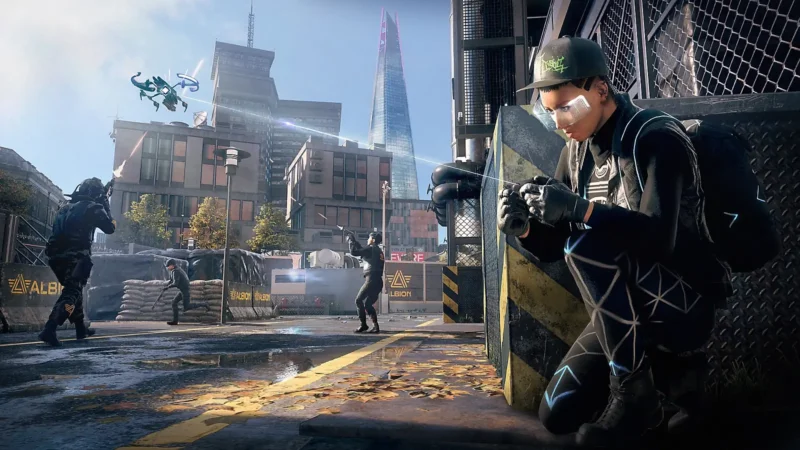
Slight spoilers for Watch Dogs: Legion ahead. The game starts out with you playing as a James Bond-style character named Dalton, infiltrating an enemy base for intel for Dedsec. The first impression is that the James Bond-like main protagonist further builds on the British setting. However, the story takes a surprise twist, as the main protagonist falls to his demise at the end of the opening mission. In an unexpected turn, the game then follows with you selecting a character to play as from a list of generic-looking characters you normally see walking the streets of these types of open-world games.
Initially, choosing from a selection of generic-looking characters doesn’t make a favourable impression. It also doesn’t help that you cannot customise the character until further in the game. This gives the impression that the game is relying on its gameplay and open-world to compensate for the lack of a main character.
But, the more you play, the more you start to forge an attachment to your character, as the game never takes itself too seriously, allowing you to see your character in any shape or form you prefer, whether it be comedic or a serious tough guy. As the game progresses, you begin recruiting other generic-looking characters from the streets of London to join your organisation, each with their own set of unique abilities. This gives each player a combination of characters and an organisation that is very unlikely to be the same in another person’s game, providing the player with a truly unique playthrough. This is where Fire Emblem could benefit.
Improving The Fire Emblem Series

To enhance the Fire Emblem series, developers could take a page out of Watch Dogs: Legion’s book and abandon the main protagonist, and instead, offer players the choice of a random character and class right from the start, providing a different experience from previous installments.
To further enhance this new approach, Fire Emblem could introduce a hub base area similar to The Somniel in Fire Emblem: Engage. As the game progresses, players can recruit additional randomly generated characters from the hub base, each with their own unique classes, to join the fight against the enemy. This ensures that each player has a unique experience with every playthrough.
Telling a Fresh New Story
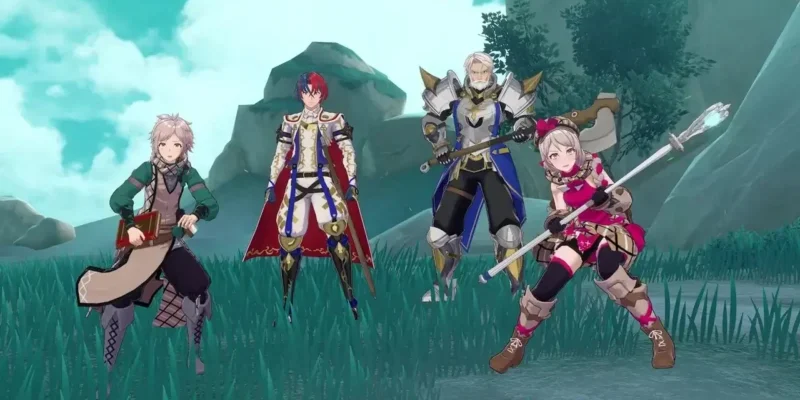
The lack of a main protagonist could certainly help improve its story for several reasons. But the main improvement of having no main protagonist would be to address the issue with one of its most prominent feature in the series: the permadeath.
Resolving the Permadeath Issue

Permadeath in gaming occurs when a character cannot reappear or be played as again if they have been killed. It is a popular feature that has helped Fire Emblem establish itself as a unique franchise over the years. Permadeath adds strategy and careful planning to each battle, and helps build a bond between the player and their favorite characters throughout the game, as one wrong move can lead to their demise. This feature also adds suspense and drama, making it easy to see why the developers put their focus on its gameplay over the story.
However, there is one big flaw with Fire Emblem’s use of permadeath, which is that permadeath does not affect the main character; instead, it triggers a game over screen. Also, the same applies to side characters that are important to the plot of the story. While permadeath affects them on the battlefield, instead of dying, they are merely wounded, allowing them to still feature in the story.
This creates several issues that affect the story and how a player approaches the game. It serves as a spoiler that the main protagonist and other important side characters won’t die during the game, which takes away the drama from the story. Additionally, it forces the player to train and strengthen the main character more than others, leaving the player with one overpowered character surrounded by weaker allies, similar to when only using your starter Pokémon in any Pokémon game. This, in turn, forces players down a more linear path.
By removing a main protagonist, both issues are resolved. It eliminates any spoilers from the story, making it more interesting and less predictable. It also allows permadeath to affect every playable character, adding to the drama and giving each player more freedom and control over which characters they favour and prioritise throughout the game.
Final Thoughts
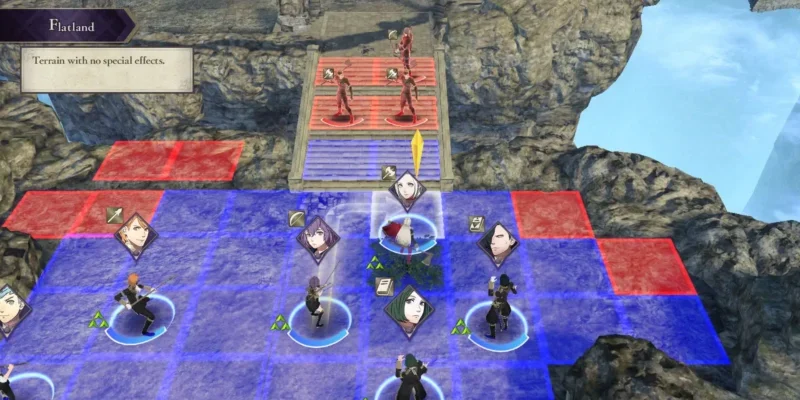
In conclusion, removing the main protagonist and instead using a randomly generated character could help avoid repeating the same mistakes from previous instalments in the next Fire Emblem. Having a narrator in its place allows for a fresh take on how a Fire Emblem story is told, with more freedom for exciting twists and turns along the way. The issue with permadeath is also resolved, offering players more flexibility in how to approach the game.
Adding this to an already well-established gameplay mechanic that the series is mainly known for, a more well-rounded Fire Emblem package that ticks all the boxes is there for the designers and developers to make. If done successfully, this could ignite the flame and elevate Fire Emblem as one of Nintendo’s highest commodities for the Switch and future consoles.

